
It is nearly impossible to say that any method of fastening or type of tool is better than another. As with almost anything in the plumbing world, there is a time and a place for everything. PEX pinch clamps and crimp rings are certainly no exception.
Both copper crimp rings and stainless pinch clamps are great for making connections onto ASTM-F1807 PEX fittings. In this blog, we will cover several reasons you may want to consider using stainless steel pinch clamps instead of copper crimp rings when making PEX plumbing connections.
If you already know what each of these connections are, feel free to skip to the next section. If you’re unfamiliar with the difference, here’s an explanation:
When working with PEX tubing in plumbing applications, there are a number of ways to attach a PEX pipe to a fitting (such as an elbow, a tee, or a valve) in order to branch off or continue the piping.
What is a PEX Crimp Connection?
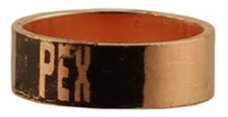 A crimp ring makes the aforementioned connection by utilizing a metal ring (called a crimp ring) that is an unbroken single piece of metal that slides onto the end of the PEX tubing; only marginally larger than the tube itself. This ring is then secured to the tube, completing the connection between the piece of PEX and the fitting, using a crimp ring tool that has special jaws that clamp around the outer diameter of the ring, and then through forcing closed the handles of the tool, provide a crimped connection. After crimping, the use of a gauge to ensure proper connection is usually required.
A crimp ring makes the aforementioned connection by utilizing a metal ring (called a crimp ring) that is an unbroken single piece of metal that slides onto the end of the PEX tubing; only marginally larger than the tube itself. This ring is then secured to the tube, completing the connection between the piece of PEX and the fitting, using a crimp ring tool that has special jaws that clamp around the outer diameter of the ring, and then through forcing closed the handles of the tool, provide a crimped connection. After crimping, the use of a gauge to ensure proper connection is usually required.
What is a PEX Pinch Clamp Connection?
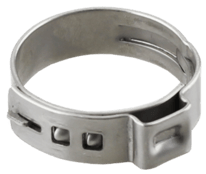 Like a crimp connection, a PEX pinch clamp is a single piece of metal that is interlocked to ensure a secure joint. As with copper rings the clamp is slipped over the end of the PEX pipe prior to the insert of the fitting. Visually, a pinch clamp ring has a raised portion of the ring (thus not forming a perfect circle) this is where the jaws of the clamp tool will form the connection. After aligning all the necessary components, the connection is completed between the PEX tube and fitting by pinching this raised portion of the ring and creating a small fold that protrudes from the profile of the tube.
Like a crimp connection, a PEX pinch clamp is a single piece of metal that is interlocked to ensure a secure joint. As with copper rings the clamp is slipped over the end of the PEX pipe prior to the insert of the fitting. Visually, a pinch clamp ring has a raised portion of the ring (thus not forming a perfect circle) this is where the jaws of the clamp tool will form the connection. After aligning all the necessary components, the connection is completed between the PEX tube and fitting by pinching this raised portion of the ring and creating a small fold that protrudes from the profile of the tube.
Now that we understand these two connection methods, we can begin to dissect the strengths of each and why a plumber might prefer one over the other.
Here are our top 5 reasons you may want to choose PEX pinch clamps instead of crimp rings:
1. You Only Need 1 Tool with Pinch Clamps
As you know, PEX tubing comes in a variety of sizes from 3/8” up to 1”, with the most common sizes for residential applications being 1/2” or 3/4”. As a result, you will need to have the appropriate sized pinch clamp to make a connection with a PEX fitting. One tool works with all sizes of pinch clamps.
Crimp Tools require different jaw sizes to install different diameter crimp rings.

Is it a big deal to carry around multiple tools with the different jaws sizes or to change out the jaw sets when making a different size connection? Most plumbers would say no. But as we discuss in the next point, there is another reason this one-size-fits-all clamp tool is more convenient.
Pinch clamp tools, on the other hand, do not have “sizes” because the size of the ring being clamped is irrelevant to the tool that executes the job.
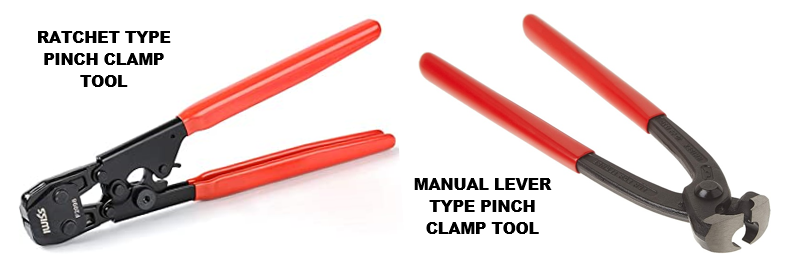
2. Pinch Clamp Tools Work Better in Tight Spaces
We all know that plumbing sometimes must be done in tight, awkward, hard-to-reach spaces. In those moments, the last thing you need making your life more difficult is your tools fighting you as you are trying to work.
Especially when your PEX is pressed up against a wall—or there is just otherwise very little wiggle room to work—crimp tools can become a much bigger hassle. The larger jaw of the tool means you need ample room behind your PEX to be able to make a proper connection.
Pinch clamp tools, on the other hand, do not need to wrap around your PEX, so regardless of what size of tubing you are working with, you only need to be able to access the ear of the clamp which can be rotated to any angle for pinching.
Ratchet type pinch clamp tools, have built-in assurance, the tool will not release the connection unless a full and proper pinch has been made ensuring that your connection is properly formed
Manual lever type pinch clamp tools are often equipped with both a front and a side set of jaws, the side set of jaws can be very useful when working in very tight hard to reach locations.

3. It is Easier to Remove Pinch Clamps than Crimps
When you are installing new plumbing, you are probably not thinking about a circumstance in which you might need to remove it. But why not take the little bit of insurance right now to make doing so easier?
In order to remove a copper crimp ring from a PEX connection, you must cut the PEX pipe off close to the fitting. Then use a specialized ring cutting tool to cut the copper ring in half. Leaving just enough pipe to allow you to get a hold of the pipe with a pliers to pull it off the fitting.
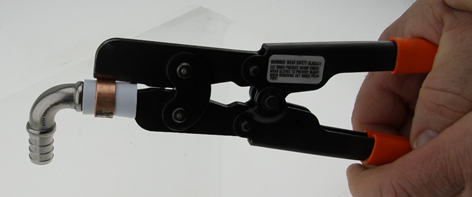
Pinch clamps on the other hand, do not require that you have inside access to the PEX pipe to remove the clamp. Where the pinch ring is interlocked a flat screwdriver or side cutter pliers can be used to disengage the interlocking tail section to open the clamp or you can cut through the ear of the clamp using a cutting tool.
How to Remove a PEX Stainless Steel Pinch Clamp - How to Guide

4. No Gauge is Required to Check the Connection
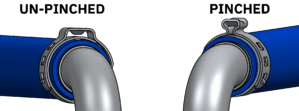
As if the multiple tools mentioned in #1 weren’t bad enough, using PEX crimp rings means you also need to carry around a gauge (such as a Go No-Go gauge) that you slip onto the fitting to confirm it’s been properly connected.
Again, if you’re working in a tight space, this becomes even less convenient than before.
Using a ratchet type pinch clamp tool, has built-in assurance, these tools will not release the connection unless the a full and proper pinch has been made ensuring that your connection is properly formed, No need for a gauge.
When using non-ratcheting, manual lever type pinch clamp tools, the installer can simply visually inspect the clamp to ensure a proper pinch has been made.
In Conclusion:
There you have it! These are reasons why you may find stainless steel pinch clamps more convenient than copper crimp rings. Regardless of which type of connection method you choose you can be assured that you will produce a good quality, watertight connection.
Have further questions about this subject?

Head over to Boshart's Knowledge Base: technical product information, guidelines, and more.



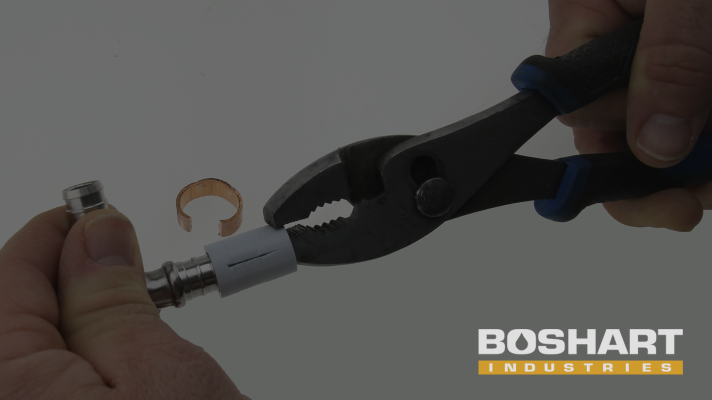
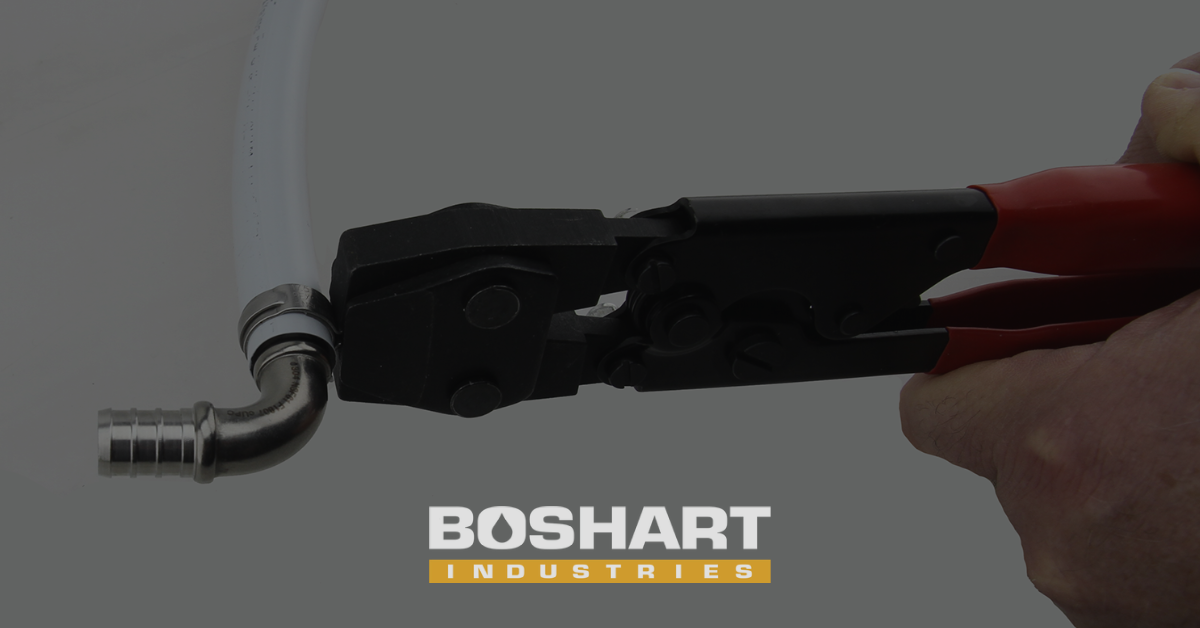
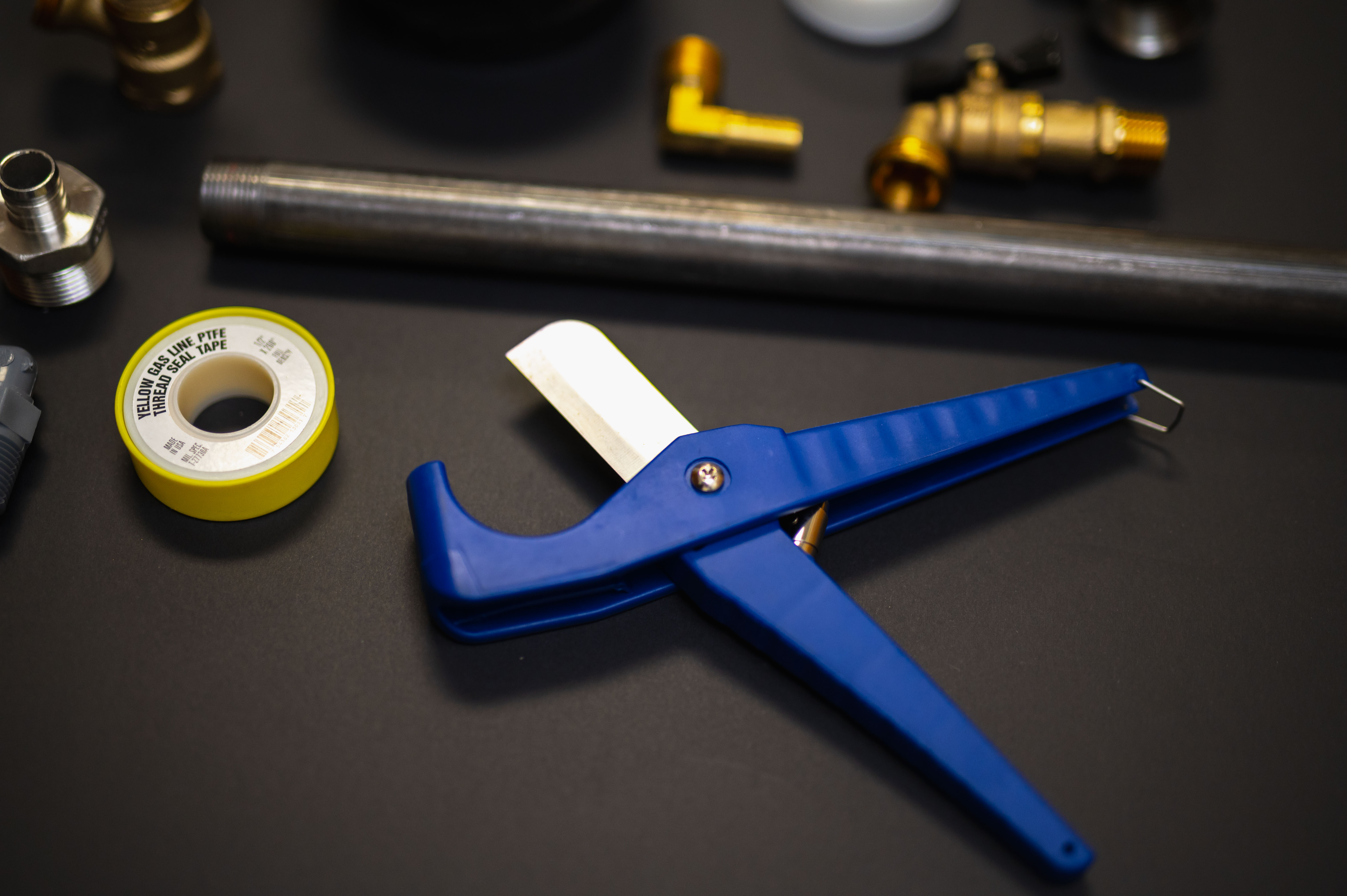
SHARE